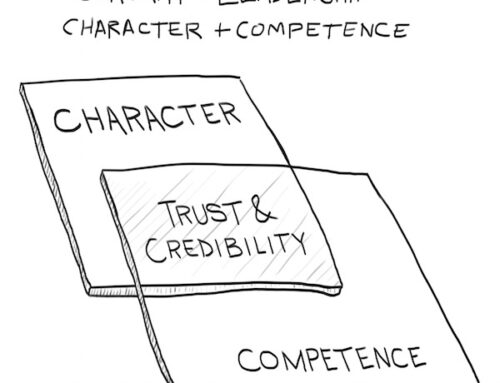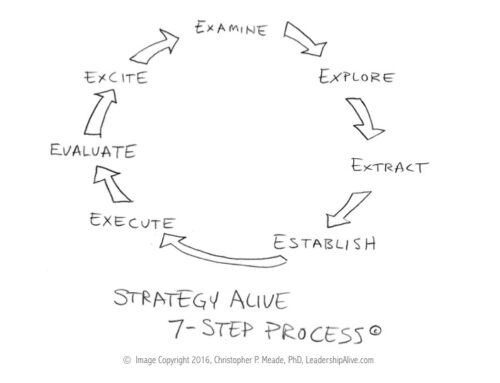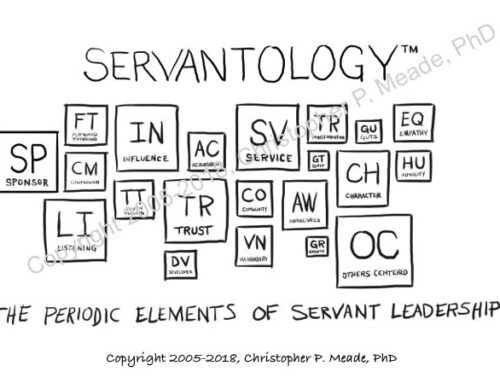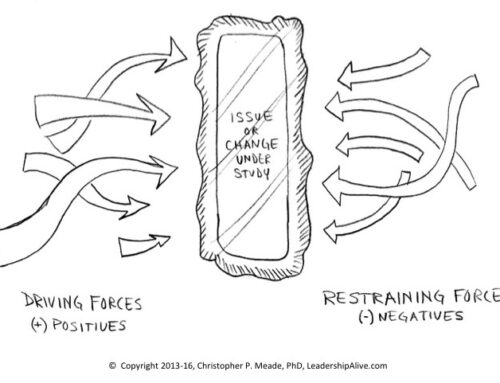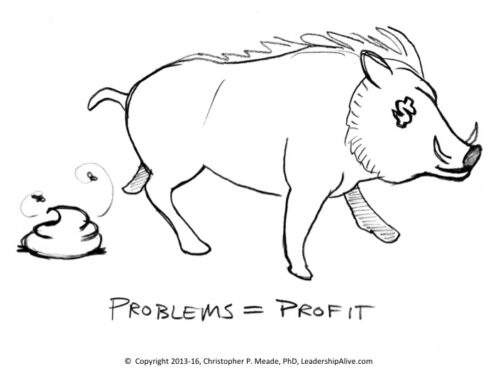The Discipline of Unlearning

The Discipline of Unlearning
Unlearning is one of the most under-utilized approaches to learning. We often picture learning as adding to what we already have. For example, we have a certain level of knowledge or proficiency about something. So, to learn is to increase. Many people think of learning as something like the image of opening up the top of a person’s head and pouring more knowledge into it. But that’s not always true. Sometimes we get more traction in our learning by knowing what to unlearn.
Fruitfulness Is In Pruning, Not Adding
Picture a logjam in a river. When it’s removed, the river begins to run again. The river is now able to move downstream with a roar. The same is true with us. Sometimes we experience some of our greatest epiphanies and bursts of growth, not by always adding to the existing body of knowledge and experience, but by removing something that is untrue that is holding back other truths from creating life and new growth in us.
New Growth
We flourish anew by discarding the mental and attitudinal blockages that hinder new truths from entering our lives. Myths that we hold as true keep other valuable life principles at bay in our lives, almost like an invisible force field. As friend and author Wayne Cordeiro says, “The secret to a fruitful life is not always in adding, but in pruning.” Fruitfulness is contingent upon knowing what to discard. Please note that I’m not talking about pruning for pruning’s sake and leaving gaping holes. Rather, I mean a cutting away in order for something new to blossom. Here’s how one ancient proverb puts it: “When the grass goes away, new growth appears, and the plants of the hills are gathered.” So prune with a vision in mind.
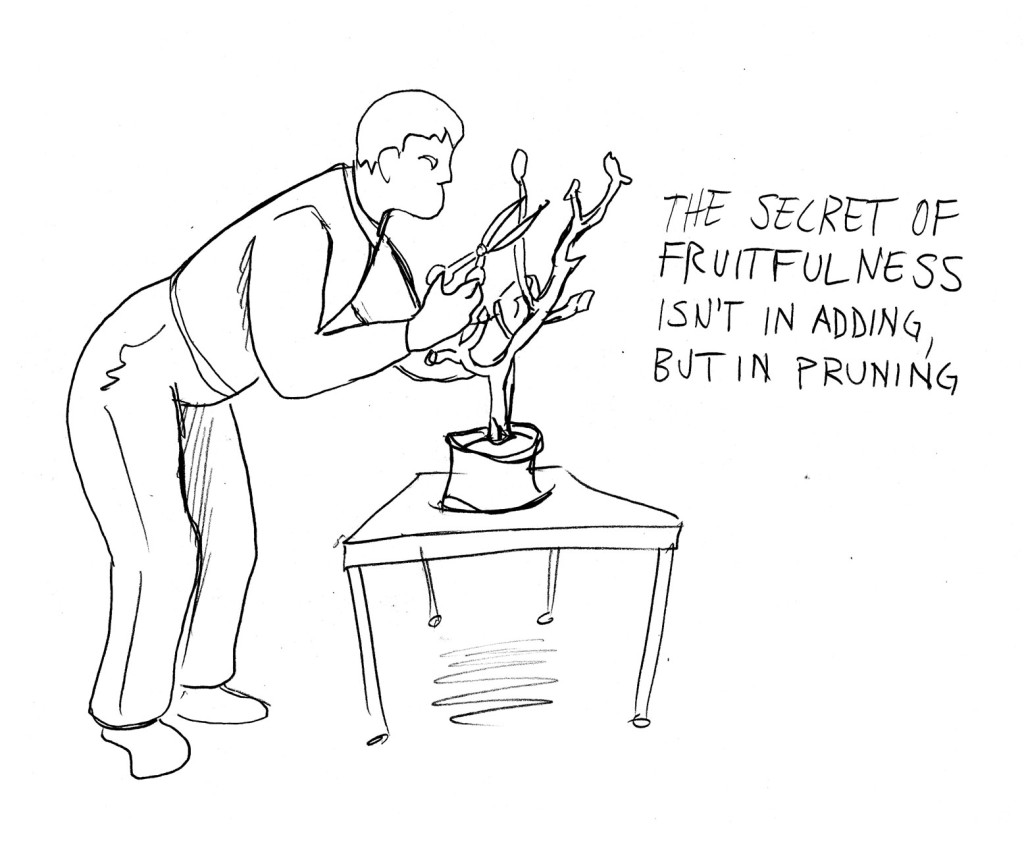
Copyright 2013, Christopher P Meade, Financially Alive, Master Gardener
Pruning Toward Design
All of us have heard stories of master gardeners who can magically look at a budding plant, shrub, or tree and know what its natural design is supposed to be. They see what its intended original structure is, what it can be, and then they prune toward that design in their mind’s eye. They know what the shrub should and can look like in its end state. They can sniff out and recognize latent potential. That’s one reason why master gardeners know that who we are on the inside (e.g., talents, strengths, passion, skills) are often clues to what we want to do and can become on the outside (e.g., career, life purpose, vocation). They are connected.
Unlearning Is Part of Learning
For that to take place, the master gardener must carefully envision, snip, discard, shape, and remove everything that hinders the plant from reaching its full potential. Dead and sick branches must go. Branches that appear good but in reality are superfluous must be trimmed. In order for the resident potential within the plant to come to full fruition, pruning must be intentional and continuous. The same is true with us in regards to learning. Pruning is a normal part of life. Unlearning is a normal part of learning and progress.
A Life That Is Thriving
When we discard twisted, design-hindering, even ancillary truth-assumptions we flourish. This is one of the truths Jim Collins in his book, Good To Great, was getting at in the Hedgehog Principle: the power of focused, aligned, design-simplicity (i.e., What are you passionate about? What can you be the best in the world at? What drives your economic engine?).
Who Is Your Master Gardener?
We live in a culture that values only adding, even to the point of overload. Yes, we need healthy soil, lots of water, and warm sunlight to expand and increase, but we also need the work of a caring gardener who prunes toward the vision of what we are designed to be and do. That’s why mentors, trusted friends and advisers, a wisdom community, sacred texts, life coaches, pastors, teachers, etc., can be the other eye that we need. Wise leaders know that the eye cannot see itself. Therefore, we need other “sets of eyes” to help us maximize potential. Prayer, meditation and personal reflection can help us, too. More than likely, a life that is alive and thriving, is a life that is learning…and unlearning.
Maximizing Potential
We need all the resident energy that is within us fully available to us if we are going to maximize potential. So let me ask you: What do you need to unlearn? What do you need to prune, discard, and cut loose in your life so you can get the water flowing again in full force? What in your relationships, your thinking, your attitudes, your goals, your schedule, your finances, your behavior needs a log or two removed so the water flow can pick up speed like it was designed to do? Remember: unlearning and letting go is a key element of learning and growing forward.

